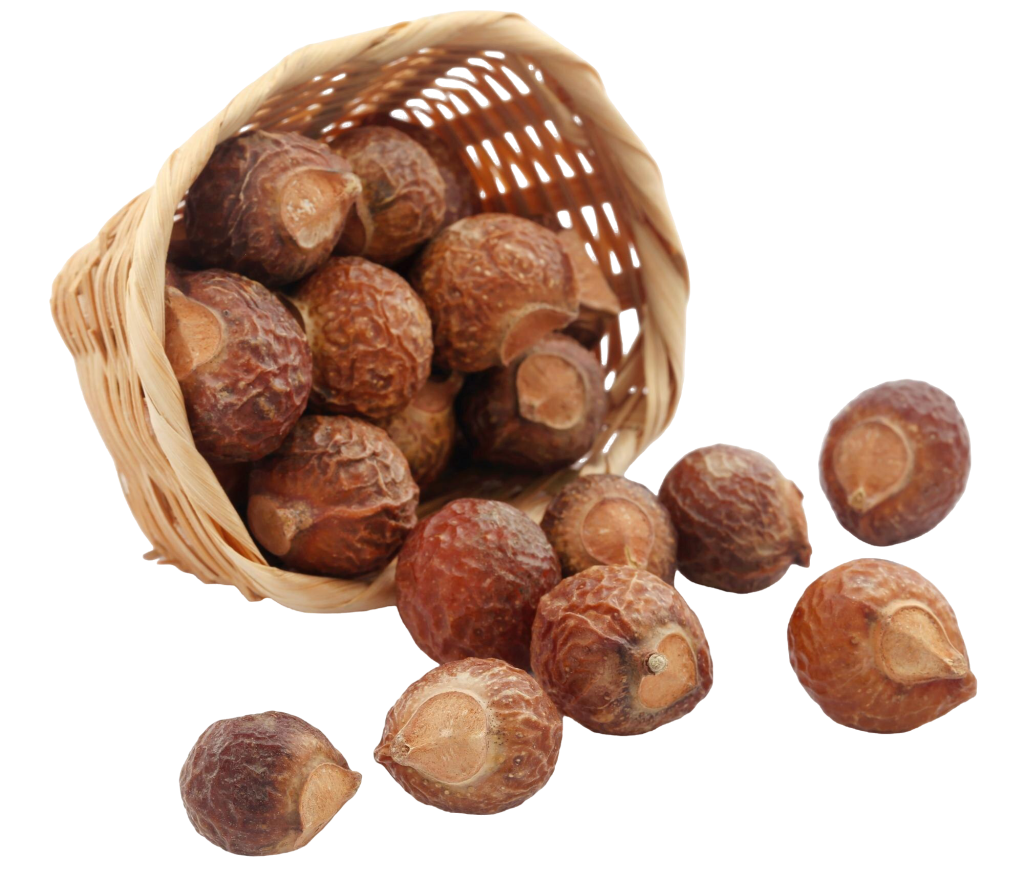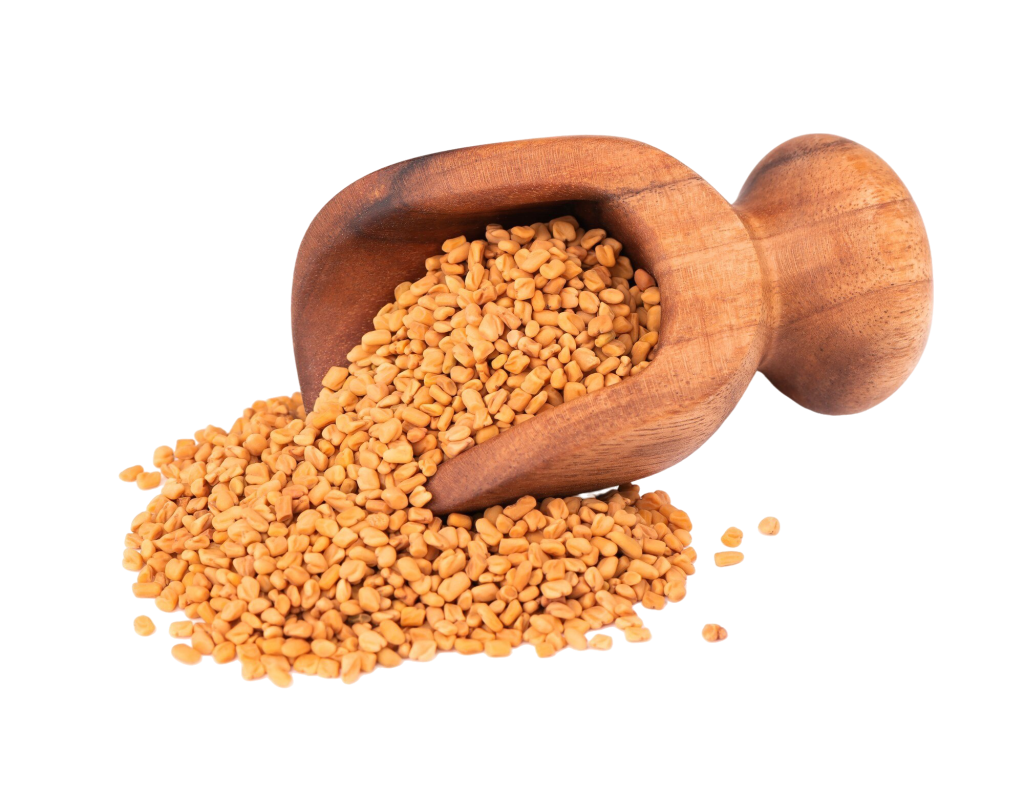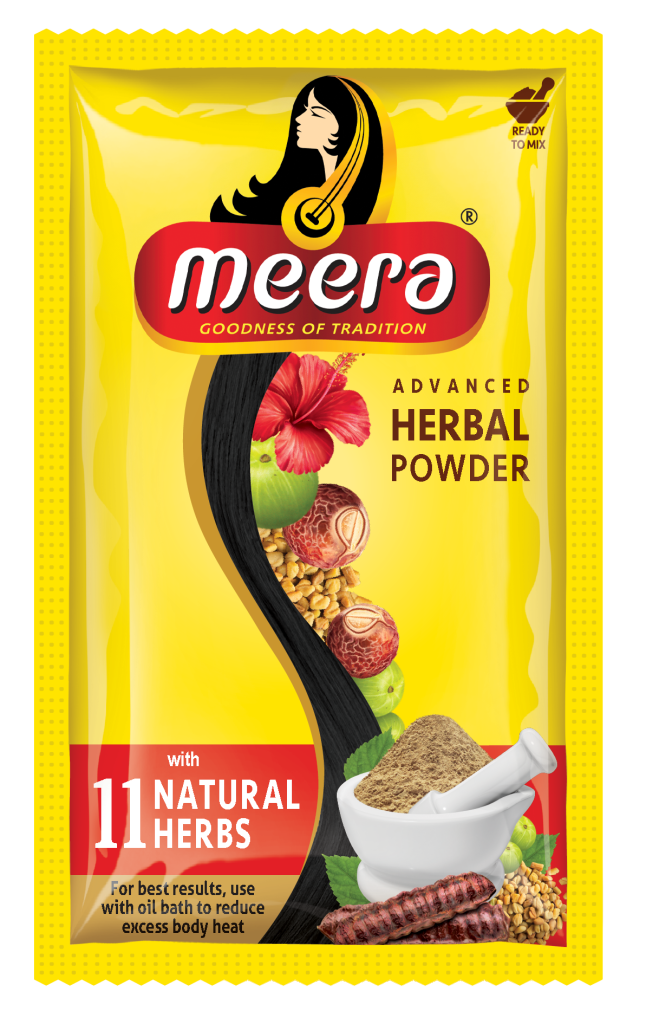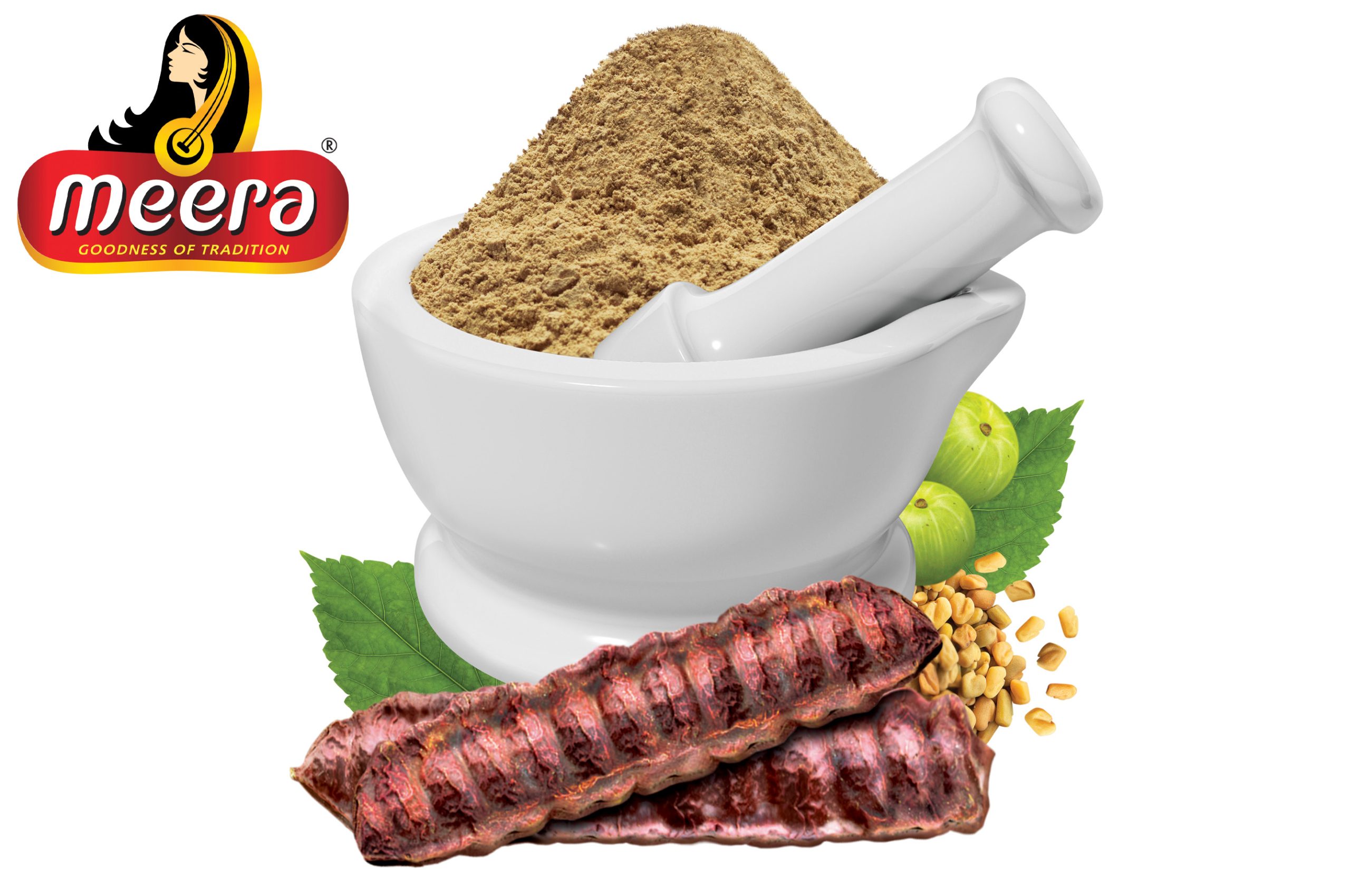Why Oil Bath?
The oil bath is an age-old, time-tested ritual—once a cornerstone of traditional living but now often forgotten in our fast-paced world. Fortunately, with the growing movement of going back to our roots, many ancient self-care practices like this are finding their way back into modern routines.
In traditional Siddha and Ayurveda systems, oil bathing is more than a beauty ritual—it is a therapeutic practice. Known as Abhyanga in Ayurveda, it involves massaging the body and scalp with warm oil, letting it rest, and then bathing with a shikakai-based herbal cleanser.
In today’s lifestyle, we hear about stress, insomnia, fatigue, dryness, dandruff, premature greying, and hair fall far too often. Ancient texts trace many of these “lifestyle” ailments to an imbalance of body heat. Regular oil baths were once the simplest, most natural remedy to restore internal balance, cool the body, and calm the mind.

The Science and Sense Behind It:
The skin, our body’s largest organ, serves as a protective barrier. The scalp similarly guards the skull, while hair shields the scalp. Both are layered with natural lipids—our body’s own oils—that keep them nourished, moisturized, and resilient. Over time, age, pollution, and stress deplete this lipid layer, leading to dryness, dullness, and damage.
Regular oil baths help replenish this natural lipid barrier. The massage improves blood circulation, clears dead cells, relaxes muscles, and rejuvenates both skin and scalp. For hair, it activates follicles, reduces dandruff, controls hair fall, and brings back shine and smoothness.
A well-known saying in Tamil goes, “For the eight-foot body, the one-foot head is most important.” In essence, a good head oil bath nourishes not just the scalp but the entire body. It relaxes the eyes, improves sleep, cools the body, and eases stress—a therapy for both body and mind.
Oil Bath in Our Traditions:
Oil baths have been an integral part of Indian culture, woven into rituals and celebrations. No auspicious day was complete without this purifying practice. The Diwali oil bath is perhaps the most symbolic—families begin the festival with Ennai Kuliyal (oil bath), followed by a shikakai-based herbal wash, to signify cleansing, renewal, and radiance.
As children, many of us remember our mothers warming oil at dawn, massaging it lovingly into our hair and skin, and letting us soak up the gentle morning sun. Somewhere along the way, this ritual faded as we prioritized convenience and cosmetics over wellness and balance. Yet, it remains one of the simplest, most grounding ways to reconnect with tradition and holistic health.
How to Take an Oil Bath:
Except on Diwali, an oil bath should be taken after sunrise. Massage warm oil generously over the head and body, and leave it on for 30–60 minutes. Those sensitive to oil (like people with sinus issues) can reduce the time to 10–15 minutes. Exposure to mild morning sunlight enhances absorption and relaxation.
Warm the oil gently using a double-boiling method (placing the oil bowl in hot water). Avoid heating it directly. Use warm water for bathing—never cold. Traditionally, men took oil baths on Wednesdays and Saturdays, while women did so on Tuesdays and Fridays, but any day is a good day to start.
For best results, indulge in this ritual once or twice a week—your body and mind will thank you for it.

Choosing the Right Oil:
You can choose any oil that suits your body type, such as sesame, coconut, castor, or mustard oil. Among these, sesame oil—fondly called Nalla Enney or “the good oil” in Tamil—is most revered for its therapeutic and cooling properties. You can also blend oils or use modern favourites like almond, olive, or argan oil, depending on your preference.
Adding spices like pepper, cumin, or garlic during warming can further enhance circulation and relaxation.
Completing the Ritual – The Herbal Cleanse:
An oil bath is truly complete only when followed by a herbal shikakai-based cleanser instead of soap or shampoo. These herbal powders gently remove excess oil without stripping the skin or scalp of moisture, helping maintain the natural acid mantle that keeps them soft and healthy.
A traditional shikakai mix includes Reetha (soapnut) and Arappu for cleansing, Thulasi and Neem for their antibacterial properties, Hibiscus and Fenugreek for conditioning, Amla for Vitamin C and shine, Green Gram for smoothness, and Vetiver for its cooling and aromatic touch.
Together, they leave the skin refreshed, the scalp soothed, and the hair naturally fragrant, silky, and strong.

In Essence:
An oil bath is not just a wellness ritual—it’s a celebration of self-care, connecting body, mind, and tradition. It cools the body, calms the mind, beautifies the skin, strengthens the hair, and restores inner balance.
In a world obsessed with quick fixes, perhaps it’s time we return to the wisdom of our roots—because sometimes, the simplest rituals hold the deepest healing.

